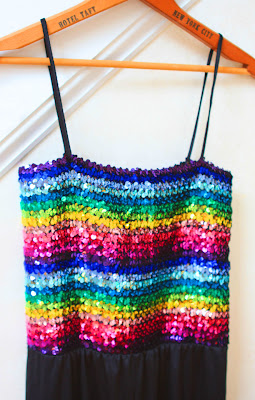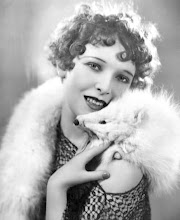
Meet Phyllis Schlafly, most commonly known as the "anti-feminist". I don't know about you, but hearing those words makes me stop, go back and read that again. Really? There is a woman who is anti-feminist? And there is an
article about her in the Times?
Lest you think me ignorant, I realize there are many anti-feminist women out there. In fact, during the late 1800s, early 1900s , when women were pushing for their freedom and the right to vote, there were a great deal of "anti-feminists" spreading as much propaganda as the side we hear so often about. And ask anyone of my mother's generation, they all know Phyllis Schlarfly. She is as iconic as feminist, Gloria Steinem.
But in today's society, feminism is just accepted. Of course, there are the "wacko feminists" out there that we all hear about, but overall, every woman is just expected to be feminist. I immediately flash back to the WWII poster of Rosie the Riveter. We grow up thinking this way. Go women.

Unfortunately, other than, "girl power" or "go women", many women my age and younger have little knowledge of the feminist movement history or how it matters to us today. And I'll be perfectly honest, I only know as much as I do considering my grad work centered on the topic.
It's not a topic we really study in school, much less hear any controversy about in the media. We always hear the feminist viewpoint and that "go women" mantra is repeated to us in commercials. Don't take me wrong here, I greatly respect the goal of those commercials....to raise self-esteem and remind girls that we can be anything we dream to be.
Suzanne Braun Levine speaks of
feminism in 2009,
"I have a 22-year-old daughter who cannot really comprehend that when I got married, I was unable to take out a loan without my husband's signature, or that jobs were listed [as] male and female in the paper. It's inconceivable to her. On the one hand, that's a good thing because it means that she is somewhere else, that she doesn't have to deal with those things. On the other hand, it's a bad thing because she doesn't realize what a struggle women have in most societies."
Coming from the same generation as her daughter, I'd readily agree with her two statements. Feminism has done a world of good. But one must also realize, the feminism of Susan B. Anthony and the feminism of Betty Friedan are worlds apart.Phyllis Schlafly says of feminism in her
interview,
"The feminist movement is not about success for women. It is about treating women as victims and about telling women that you can't succeed because society is unfair to you, and I think that's a very unfortunate idea to put in the minds of young women because I believe women can do whatever they want. Feminists don't honor successful women. You never hear them talking about Margaret Thatcher. Take Condoleezza Rice. She's a remarkable, successful woman. You don't hear the feminists talk about her or Carly Fiorina or Jeanne Kirkpatrick. They don't talk about them because they are just determined to preach this idea that women are unfairly treated in our society and they need legislation and government and taxpayers' money in order to get them a fair break.
"Both sides have valid points, really. And like everything in the world, there must be a balance. In many arguments, I'd say the anti-feminists are right. The feminists from the 1970s to today have swung way past their original goal....way beyond equality. Then again, I can't imagine living in a world without the freedom that feminism has granted us. Feminists are correct on so many levels.
The key here, in my opinion is go back to the beginning.....back to the roots. Understand where we, as women, have come from, what we have fought through and who we need to idolize.
There is so much clutter in society today. Stop. Reflect. Look to the past. How can we see where we are going, if we don't know where we came from?
 Labor 2008 mixed media
Labor 2008 mixed media
Labor is a piece I did about a year ago this time with the same message as the last sentence of the previous paragraph. It is primarily made with a heavy duty watercolor paper that was painted, stamped, photo-transferred and written on. Then I went back through and stitched the paper to look like a quilt.
I chose the quilt as the vehicle to convey my message because of the significant symbolism it holds in woman's history. When you look at the top of a beautiful quilt, you see the brilliant colors, patterns and shapes. But if you were to unstitch the top from the back and turn it over, you'd find loose strings, raw edges and the underside of the colorful fabric.....you'd visually see the work that went into the thing of beauty.
Labor is the backside of a quilt. So often we, as women, easily forget the long years of toil and sacrifices that went into giving us freedom....the right to vote....equality. We have a rich and beautiful heritage.


 close ups of Laborclick for more detail
close ups of Laborclick for more detail
 Sometimes I surprise myself. Ok, well actually I do that often, but in this instance clothing surprised me. Somewhere around midnight last evening, I got the urge to sort through the closet and discard things I really shouldn't be hanging on to.
Sometimes I surprise myself. Ok, well actually I do that often, but in this instance clothing surprised me. Somewhere around midnight last evening, I got the urge to sort through the closet and discard things I really shouldn't be hanging on to.









































